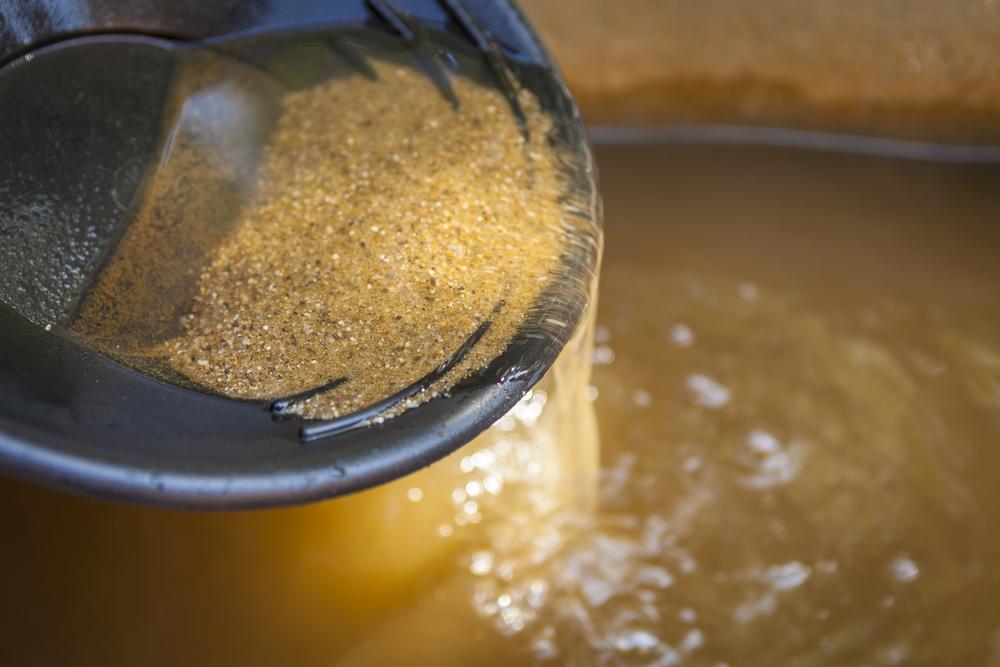An internet search of the term “lost treasure” can be an eye-opener as you realize there are many stories and rumors of fabulous riches yet to be discovered around the globe. You may be surprised to find some right where you are.
Several of the more notable examples include lost Confederate gold, Butch Cassidy’s treasure, and the Amber Room, which disappeared during World War II from the Catherine Palace near St. Petersburg in Russia. No list of lost treasure would be complete without at least a few pirate references, such as the treasure that the pirate Blackbeard is said to have buried somewhere between Virginia and the Caribbean shortly before his execution in 1718. Some treasure may even lie quite literally at your feet; all you need to do is pick it up.






